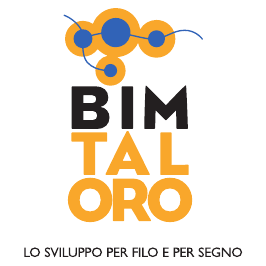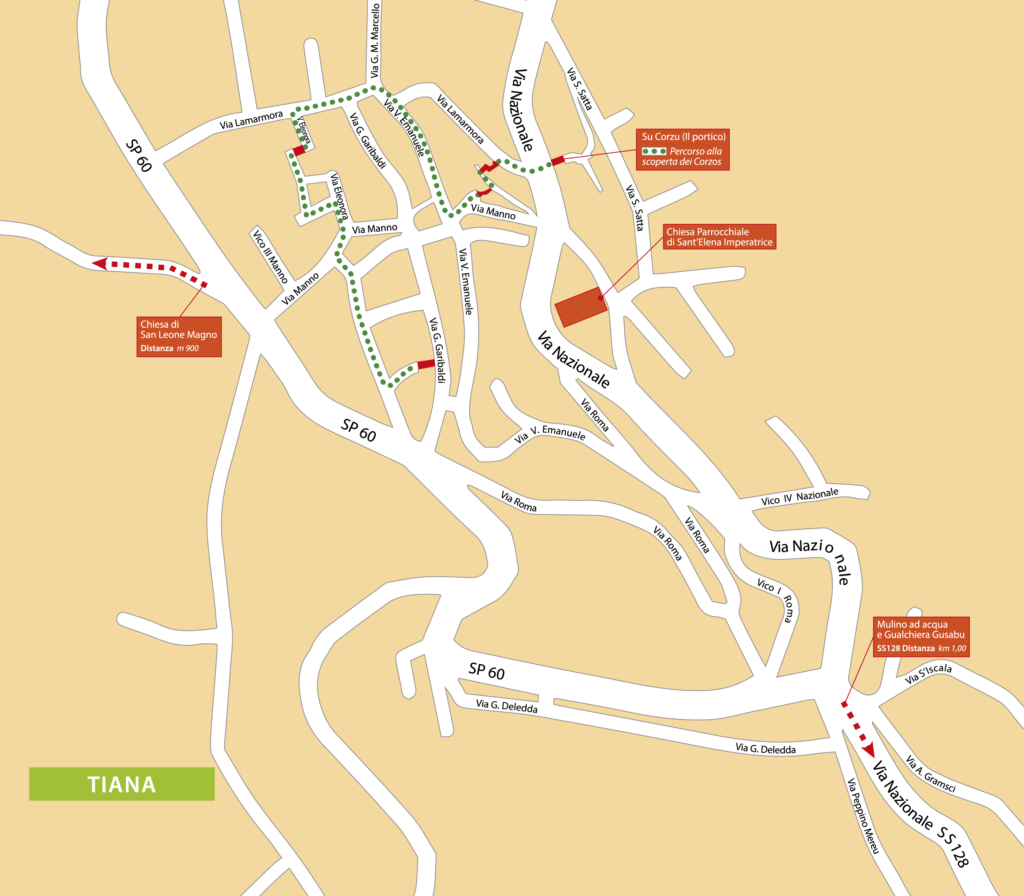Church of San Leone Magno
The country church is located in San Leo, where the village of the same name – of which the saint was patron – once stood.
As evidence of this devotion, a small church had remained in the area, in which celebrations were held. Until the beginning of the 20th century, these took place in the month of June, while today they fall in the second week of September.
The current building, constructed in the first decade of the 2000s to a design by architect Graziano Chironi, is built entirely of grey granite with a gabled roof, made of wood on the inside, and covered by a concrete slab on the outside.
The designer was inspired by the country churches and Romanesque buildings on the island and, in keeping with local tradition, sized the building by measuring it in Sardinian palms and canes, a system of measurement derived from the Roman palmus minus, which was in use before the decimal system was introduced on the island by royal decree on 1 January 1846.
Around the central opening, the façade has a frame consisting of four squared arches in ascending order, at the top of which is a row of triangular tiles in bright shades of red, yellow and blue. There are also ceramics at the side openings. A round window bordered in white opens at the top of the façade.
Particular attention should be paid to the doors on the façade and along the sides of the building, as each one has been given a significance that determines its size. While the large central doorway stands for Faith, the two small doors that flank it are, on the left, the door of Charity and, on the right, the door of Hope. On the right side of the building there is a low, wide doorway; to pass through it, one has to climb a high step and bow one’s head. This is the door of Penance, while on the opposite side is a wide and high opening representing Perseverance.
Along the two lateral sides and at the apse, there are long, narrow vertical slits with coloured glass panes that allow light to enter the building, projecting coloured squares into it when caught by the sun.
The interior consists of a single nave with several niches on the walls in which the artist Pietro Costa’s terracotta sculptures of angels armed with swords can be found; these are probably meant to evoke the strenuous defence that St. Leo the Great, bishop of Rome, deployed against Attila and his attempted invasion of the papal city.
Suspended in the centre of the presbytery, almost floating in the air, is a large and intense crucifix of Jesus Christ, depicted without a cross, with only the human silhouette depicting the crucifixion.
On either side of the altar are two panels with figures, one bearing bread, the other holding the chalice of wine, symbols of the Eucharist. The two small side chapels, which form the wings of the transept, are dedicated to Saint Pio of Pietrelcina on the right, and to Saint José María Esquivá on the left. Both house the respective portraits of the saints, also by sculptor Pietro Costa.
Text by Laura Melis
 BIM TALORO
BIM TALORO 